Croda Beauty's SenStories tool
When formulating skin care products, the ‘science’ of sensory attributes can influence many lifecycle stages: we see it during new ingredient development by Research & Development (R&D) teams, and by formulators as they incorporate ingredients into formulations. Sensory in action is also seen during the promotion of formulations in the market, and in both formal and informal reviews given by consumers. But are we all using the same language? Do we understand each other?
To tell a great sensory story, we need to make sure that we can translate the subtle differences in sensory language to ensure that this is understood by all sides.
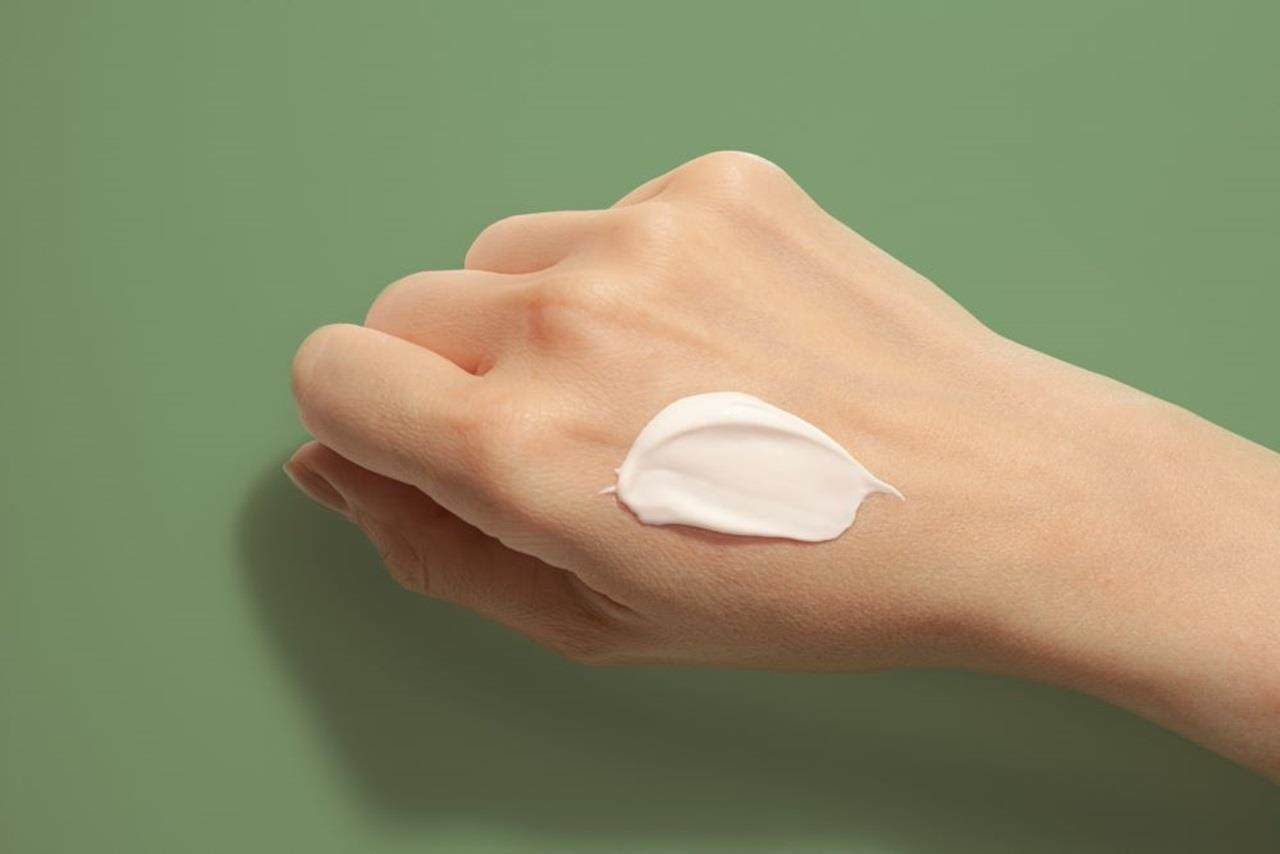
How to get formulators and consumers speaking the same sensory language
An introduction to SenStories.
To help with this, Croda Beauty introduced SenStories™. This ingredient selector tool links the language of the consumer with the language of the formulator to provide meaningful sensory observations. It utilises a reliable and reproducible methodology to connect insights on consumer perception and language choice, with the knowledge that ingredient combination and colloidal structure are responsible for any sensorial feel.
Use this link to explore the tool.
In this blog, we will elaborate on the language of the formulator, which is known as the ‘syntax’, as shown on the outer circle of the language wheel below.
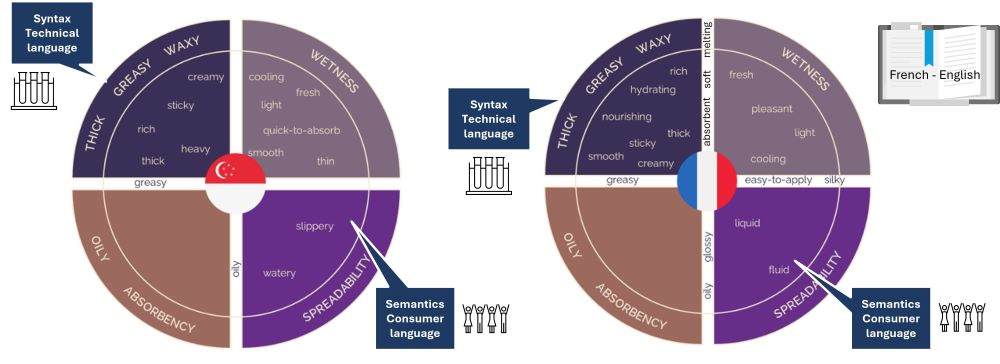
What is syntax?
‘Syntax’ is the technical language used to describe the sensory attributes of a skin care formulation, as measured by an expert group of trained panellists. These attributes are predefined on well-established scales and include evaluation of the absorbency, greasiness, oiliness, spreadability, thickness, waxiness and wetness of a formulation.
At Croda, we use internal and external panels who are trained in evaluating these attributes and regularly calibrated for accuracy. As such, these panels act as our ‘human instrument’, with the ability to objectively measure the sensorial attributes of skin care formulations. The performance of the panels is closely monitored, with the alignment of the panellists validated through strenuous calibration exercises to ensure confidence and consistency in their results.
How is syntax measured?
Sensory can be measured in two stages during the application of a skin care formulation: initial feel and after-feel.
The initial feel is evaluated in two stages:
• Pick-up - the stage in which the formulation is ‘picked up’ from the dispenser, usually by the finger
• Play - the stage in which the formulation is applied and rubbed into the skin until absorption.
The after-feel concerns the post-application stage:
• Immediately after the formulation has been fully absorbed by the skin; and
• 5 minutes after full absorption.
During the development of the SenStories™ selector tool, we have explored the important role that oil-in-water (O/W) emulsifier systems play in the initial feel of a formulation.
The evaluation of pick-up, play, immediate after-feel and post-5 minute after-feel has offered us invaluable insight into the sensorial attributes of O/W emulsifiers and how these can be described technically through syntax. Here, we’ll explore four key syntax associated with O/W emulsifiers and recommend some formulations that provide inspiration for meeting sensory expectations.
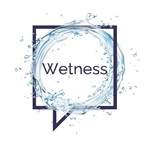
The first syntax we’ll look at is wetness. This is defined as the amount of water perceived on the skin and is measured on a scale of 0-100 by trained panellists. As you might be able to guess, formulations with a high degree of wetness could include pure water, which would have a wetness ranking of 100.
To inspire you when creating formulations that meet the wetness attribute, take a look at our Sublime Protection Sun Lotion SPF 10 which was ranked 76 for the wetness attribute by our panel.
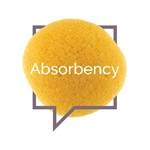
Absorbency is defined as the number of rubs it takes before you encounter resistance to continue rubbing, or at which you perceive rubbing to become more difficult because the formulation has been absorbed. This is not measured on a scale, but rather by the number of rubs, up to 120.
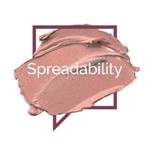
Spreadability is defined as the ease of moving product over the skin and is again measured on a scale of 0-100 by a trained panellist. For example, a formulation with a butter texture might have lower spreadability than a milk or lotion. An example of a highly spreadable formulation is our Sublimely Silky Body Lotion. This was measured by our panel and scored 79.
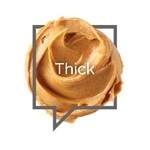
Thickness is defined as the amount of product felt between the fingertip and the area to which the formulation has been applied to the skin. As with wetness and spreadability, thickness is measured on a scale of 0-100 by a trained panellist.
In this blog, we have explored some of the technical language used to describe the sensory attributes experienced during the application of a skin care formulation on to the skin. From wetness and spreadability to absorbency and thickness, our expert panellists are calibrated to ensure objectivity in analysing skin care sensory stories. The reliability and reproducibility of the data that they produce has allowed the development of the SenStories selector tool. This tool has been designed to help translate technical syntax into consumer semantics for easy formulation development which matches sensorial expectations. The tool can save formulators valuable time by connecting consumer perception with the ingredient combination and colloidal structure responsible for a given sensory.
Discover how to formulate your own sensory story…

To use the tool, simply select the consumer set you wish to explore and then one or two semantics (consumer language descriptors) that describe the sensorial language you would like to be associated with your formulation. You can then select any of the necessary refinement options before emulsifier recommendations are displayed.
Use this link to explore the tool.